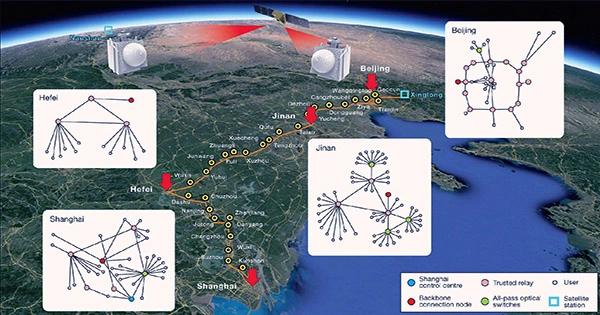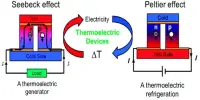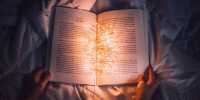Quantum secure direct communication (QSDC) is a kind of quantum encryption that allows unhackable communications to be sent. However, a combination of high mistake rates and short-range have made it impractical to use. Now, a system with a substantially reduced error rate over 102.2 kilometers (63.5 miles) of optical fiber has been shown, indicating that this may no longer be the case. Today, message secrecy is ensured by encryption; but, as quantum computing advances, this may no longer be sufficient security, since quantum computers have the ability to break encryption based on prime number factors at breakneck speed.
Quantum physics, on the other hand, can give back what it takes away, and QSDC provides a theoretical avenue for securely transmitting and receiving signals. The objective is to make QSDC viable before quantum computers become strong enough to leave us in a world without private communication, and Chinese researchers have made two significant strides in that direction.
They report their achievement of dependable, long-distance QSDC in the journal Light Science and Applications. “QSDC differs from quantum key distribution (QKD), which uses quantum technology to negotiate a secure key,” the research explains. The elimination of the requirement for private keys allows for speedier transmission while also increasing security. “QSDC transfers information safely and reliably across a quantum channel with both noise and eavesdropping,” the report continues. (It also mentions QSDC’s “huge potential for 6G wireless communication,” which will undoubtedly frighten conspiracy theorists still opposed to 5G.)
“If we replace sections of the internet today with quantum channels, those parts will have the extra ability to recognize and prevent eavesdropping, making communication even safer,” said research author Professor Gui-Lu Long of Tsinghua University to the South China Morning Post. The study offers a novel physical architecture and protocol for QSDC that uses phase states to relay the message and time-bin states to detect eavesdropping, but does not employ quantum memory.
The error rate was less than 0.1 percent, which was 10 times lower than prior versions of QSDC. Furthermore, where other types of quantum communication suffer from fast signal loss, inhibiting long-distance transmission, this system might achieve 0.54 bps across 100 kilometers (60 miles) of ultra-low loss fiber. Distances were shorter at greater rates, but 30 kilometers (18.6 miles) of commercial fiber still showed 22.4 kbps, which is sufficient for audio conversations, much alone text messaging. Long is the creator of QSDC and a co-holder of the previous distance record of 18.5 kilometers, established in 2020. (11.5 miles).















